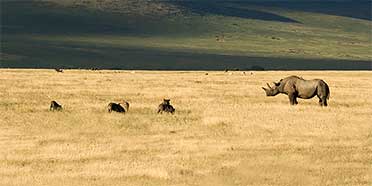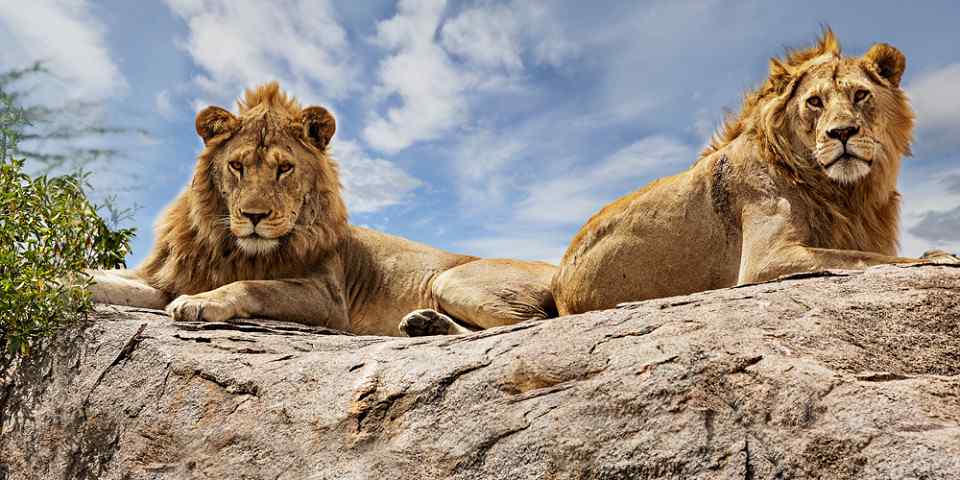
Safari Tours to Ngorongoro Crater
-
![11-Day Tanzania Safari with Zanzibar Beach Break]()
11-Day Tanzania Safari with Zanzibar Beach Break
$9,199 to $12,299 pp (USD)
Tanzania: Private tour
Mid-range Lodge & Tented CampYou Visit: Arusha (Start), Tarangire NP, Lake Manyara NP, Ngorongoro Crater, Serengeti NP, Zanzibar (End)

Wayfairer Travel
4.8/5 – 184 Reviews
-
![4-Day Budget Tour to Tarangire, Serengeti & Ngorongoro]()
4-Day Budget Tour to Tarangire, Serengeti & Ngorongoro
$1,602 pp (USD)
Tanzania: Private tourBudgetTented Camp
You Visit: Arusha (Start), Tarangire NP, Serengeti NP, Ngorongoro Crater, Arusha (End)

Serengeti Smile
5.0/5 – 581 Reviews
-
![4-Day Group Tour in Ngorongoro & Serengeti (2 Nights)]()
4-Day Group Tour in Ngorongoro & Serengeti (2 Nights)
$792 pp (USD)
Tanzania: Shared tour (max 6 people per vehicle)BudgetCamping
You Visit: Arusha (Start), Serengeti NP, Ngorongoro Crater, Arusha (End)

Good One Tours
5.0/5 – 44 Reviews

 Tanzania Parks
Tanzania Parks









